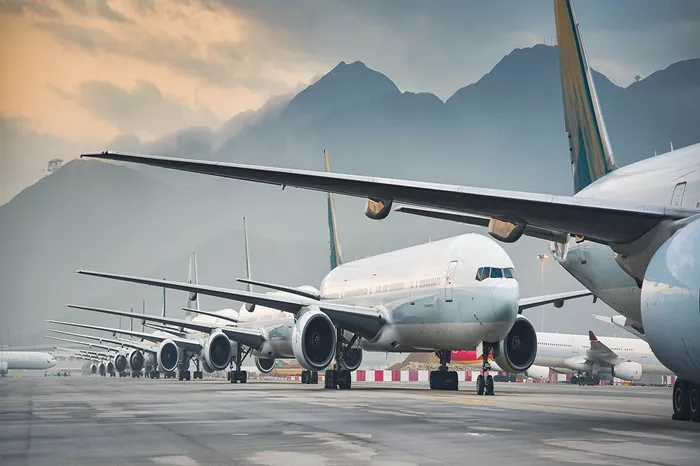The international aviation industry continues to experience strong demand, according to the latest data from the International Air Transport Association (IATA) for October 2024.
Global air travel saw significant growth, with passenger demand and operational efficiency reaching impressive levels. Total passenger demand, measured in revenue passenger kilometers (RPK), increased by 7.1% compared to October 2023. This growth was accompanied by a 6.1% rise in total capacity, resulting in a healthy load factor of 83.9%, which represents a 0.8 percentage point improvement over the previous year.
Maximizing Aircraft Efficiency
One of the key takeaways from this growth is the industry’s remarkable ability to improve seat efficiency. IATA’s Director General, Willie Walsh, highlighted that load factors have improved dramatically over the decades. From around 67% in the 1990s, the average load factor has now reached over 83%, demonstrating the aviation industry’s commitment to maximizing operational efficiency.
Regional Performance Highlights
Regional growth patterns for air travel varied, with some areas showing stronger performance than others:
Asia-Pacific: The region led the way with a 17.5% year-on-year increase in demand, showing strong recovery and market expansion. The load factor for Asia-Pacific airlines stood at 82.9%.
Europe: European carriers saw an 8.7% increase in demand, and the region boasted the highest load factor at 85.7%, reflecting both growth and operational efficiency.
Latin America: Airlines in Latin America experienced a 10.9% surge in demand, though the load factor slightly decreased to 85.3%.
Africa: African airlines also showed impressive growth, with a 10.4% demand increase and a significant improvement in load factor, up 3.4 percentage points to 73.2%.
North America and the Middle East: These regions saw more modest demand growth at 3.2% and 2.2%, respectively.
International vs. Domestic Markets
International air travel continued to outperform domestic markets in terms of growth. International demand increased by 9.5%, with a corresponding 8.6% capacity expansion. This resulted in an international load factor of 83.5%, a 0.6 percentage point improvement.
In contrast, domestic markets saw a more modest 3.5% increase in demand, with a 2.0% expansion in capacity. The domestic load factor remained slightly higher at 84.5%, indicating ongoing stability in national air travel markets.
Sustainability and Strategic Considerations
Walsh also addressed the issue of aviation’s environmental impact, stressing that simplistic approaches, like taxing the industry, may reduce passenger numbers without effectively addressing emissions. He argued that flying fuller aircraft is a more efficient strategy for reducing emissions while maintaining the economic and social benefits of air travel.
Looking Ahead
The October 2024 data paints a positive picture for the global aviation industry, with continued growth and improving load factors. The focus on efficiency positions the sector well to meet both economic and environmental challenges.
As the industry moves forward, balancing growth with sustainability and operational efficiency will be crucial for ensuring the long-term success of global air travel.
Related topics:
- China Airlines Launches New Melbourne-Auckland Route with Airbus A350
- Turkish Airlines to Fly Non-Stop Sydney-Istanbul from 2026
- Travel Expert Discusses New Airline Refund Requirements Amid Busy Holiday Season

